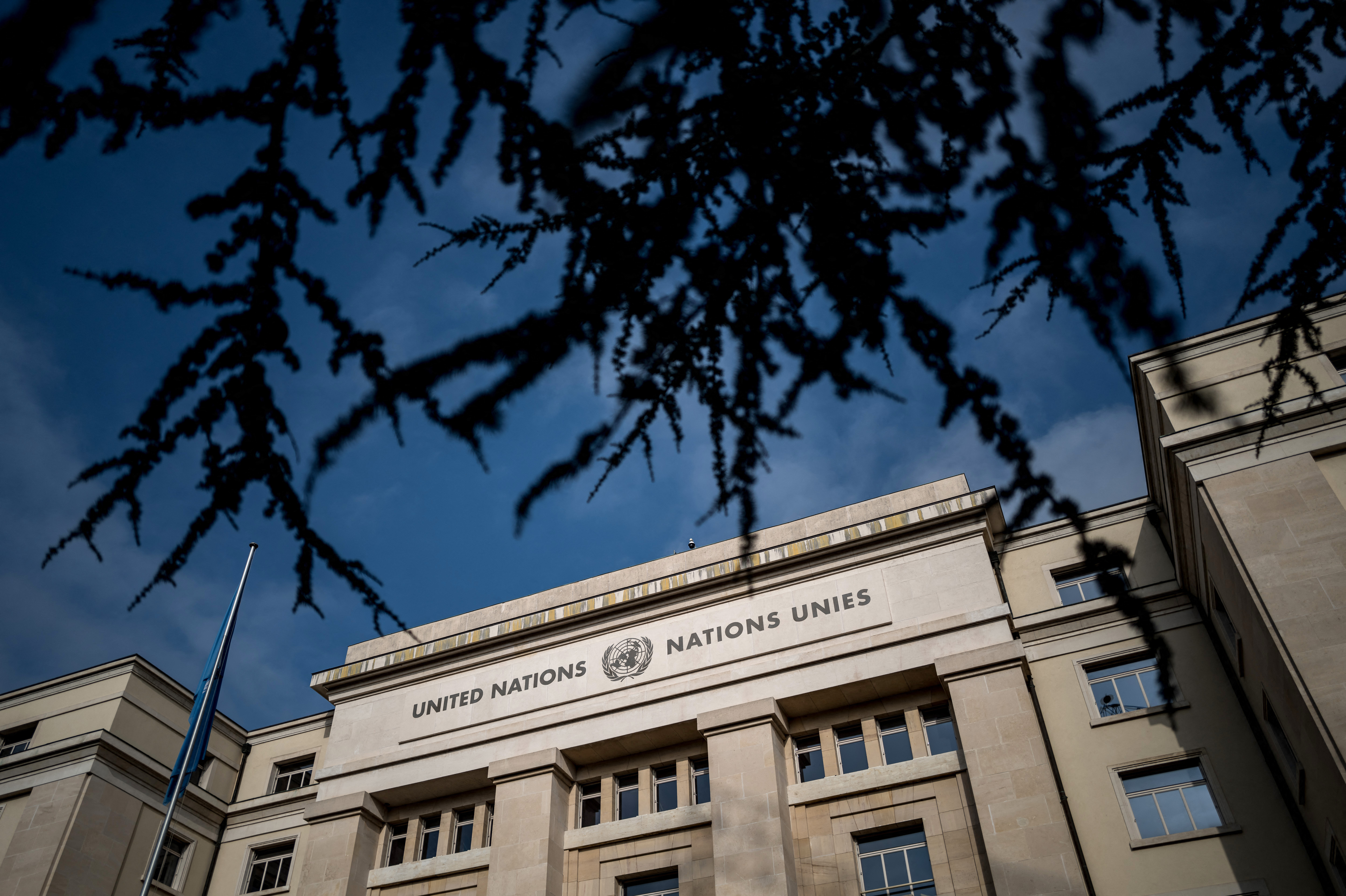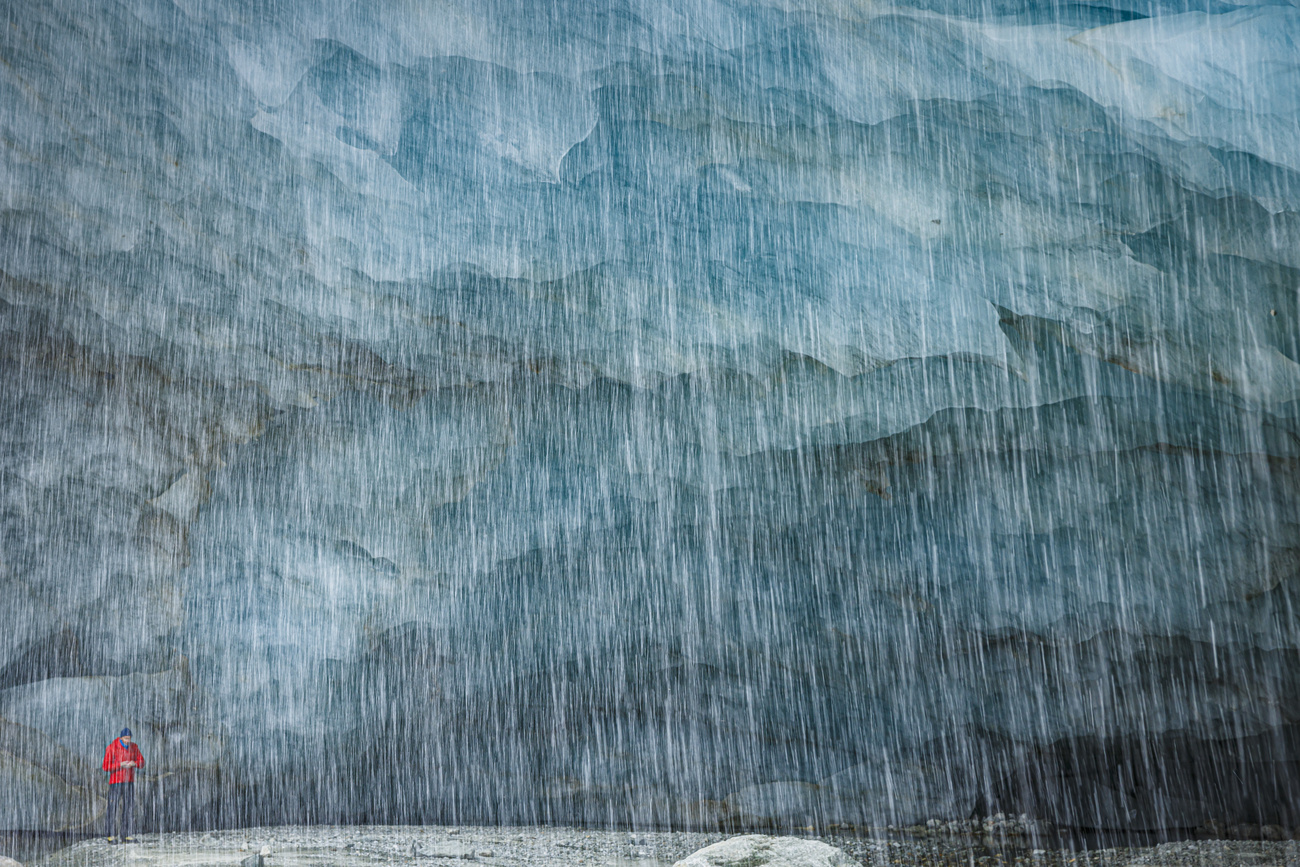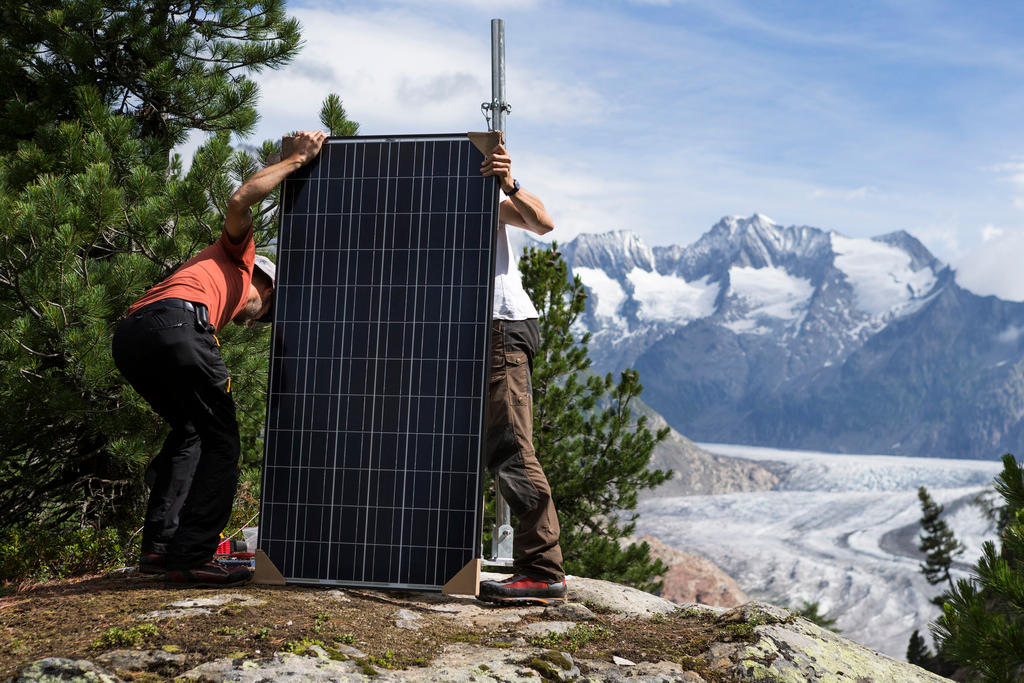Gruesome discoveries a sign of rapidly retreating glaciers

The finds of human remains in the Swiss Alps in recent weeks are a reminder that alpine glaciers are melting rapidly, and could disappear entirely by the end of the century.
In mid-July two frozen corpses were found in the shrinking Tsanfleuron glacier near the border between Cantons Bern and Valais, not far from the chic resort of Gstaad.
Last week, a human hand and leg were uncovered on the Bossons glacier on Mont Blanc in France. The remains could belong to passengers of one of two airplanes, both belonging to Air India, that crashed into the glacier, one in 1950 and the other in 1966.
And earlier this week, a body partially imprisoned in the ice was discovered on the slopes of the Lagginhorn in Switzerland’s canton Valais. It is believed to be the body of a German hiker who died 30 years ago while attempting to climb the mountain.
More finds like these are expected in the coming years as alpine glaciers continue to recede. In fact, scientists have predicted that all the ice sheets in the Alps will be gone by 2100 due to climate change.
That and other projections are based on the work of a Nobel Prize-winning group of climate scientistsExternal link who track global warming.
“In the mountains and higher elevations, you will have just rocks and debris,” Kathy Riklin. the Swiss parliamentarian who heads the government’s top advisory body on climate changeExternal link told swissinfo.ch in 2016. “It will be a different world.”
Switzerland’s glaciers reached their maximum extent in the middle of the 19th century, at the end of the period known as the ‘Little Ice Age’.
The shrinking and eventual disappearance of the glaciers will have wide ranging consequences for Switzerland, since most hydroelectric dams in the Alps draw their water from glaciers.
Glacial retreat and the related thawing of permafrost will cause slope instability leading to more land and rockslides.
Europe’s largest rivers spring from the Alps and are fed by glacial meltwater in summer.
Glaciers are part of Switzerland’s identity and a tourist attraction in their own right.

In compliance with the JTI standards
More: SWI swissinfo.ch certified by the Journalism Trust Initiative












You can find an overview of ongoing debates with our journalists here . Please join us!
If you want to start a conversation about a topic raised in this article or want to report factual errors, email us at english@swissinfo.ch.